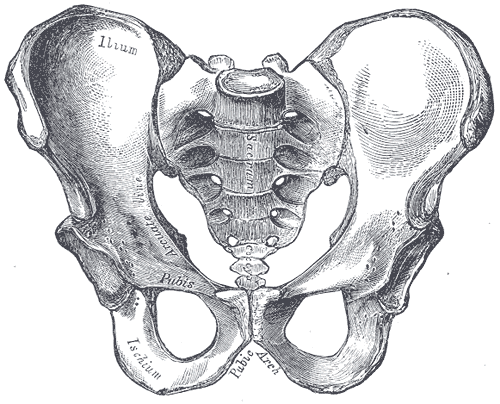- Home
- About Us
- TSPT Academy
- Online Courses
-
Resources
- Newsletter
- Business Minded Sports Physio Podcast
- Day in the Life of a Sports PT
- Residency Corner
-
Special Tests
>
-
Cervical Spine
>
- Alar Ligament Test
- Bakody's Sign
- Cervical Distraction Test
- Cervical Rotation Lateral Flexion Test
- Craniocervical Flexion Test (CCFT)
- Deep Neck Flexor Endurance Test
- Posterior-Anterior Segmental Mobility
- Segmental Mobility
- Sharp-Purser Test
- Spurling's Maneuver
- Transverse Ligament Test
- ULNT - Median
- ULNT - Radial
- ULNT - Ulnar
- Vertebral Artery Test
- Thoracic Spine >
-
Lumbar Spine/Sacroiliac Joint
>
- Active Sit-Up Test
- Alternate Gillet Test
- Crossed Straight Leg Raise Test
- Extensor Endurance Test
- FABER Test
- Fortin's Sign
- Gaenslen Test
- Gillet Test
- Gower's Sign
- Lumbar Quadrant Test
- POSH Test
- Posteroanterior Mobility
- Prone Knee Bend Test
- Prone Instability Test
- Resisted Abduction Test
- Sacral Clearing Test
- Seated Forward Flexion Test
- SIJ Compression/Distraction Test
- Slump Test
- Sphinx Test
- Spine Rotators & Multifidus Test
- Squish Test
- Standing Forward Flexion Test
- Straight Leg Raise Test
- Supine to Long Sit Test
-
Shoulder
>
- Active Compression Test
- Anterior Apprehension
- Biceps Load Test II
- Drop Arm Sign
- External Rotation Lag Sign
- Hawkins-Kennedy Impingement Sign
- Horizontal Adduction Test
- Internal Rotation Lag Sign
- Jobe Test
- Ludington's Test
- Neer Test
- Painful Arc Sign
- Pronated Load Test
- Resisted Supination External Rotation Test
- Speed's Test
- Posterior Apprehension
- Sulcus Sign
- Thoracic Outlet Tests >
- Yergason's Test
- Elbow >
- Wrist/Hand >
- Hip >
- Knee >
- Foot/Ankle >
-
Cervical Spine
>
- I want Financial Freedom
- I want Professional Growth
- I want Clinical Mastery
|
Recently, I was evaluating a patient that presented with a subjective history typical of Sacroiliac Joint Dysfunction. Additionally, she presented with an asymmetrical pelvic alignment: superior R iliac crest and PSIS along with asymmetrical pubic symphysis that was painful upon provocation. As you all know after our previous post, there is poor diagnostic accuracy when using alignment for diagnosis of SIJ Dysfunction. On the other hand, pain provocation tests are extremely effective in identifying individuals suffering from pain originating in the Sacroiliac Joint. Knowing that, I jumped to one of the SIJ clusters to rule in the pathology. I was extremely surprised to find that she was negative on all of the tests! Following a MET to restore symmetry in the pelvis, the patient's pain disappeared. Recognizing my confusion, my clinical instructor reminded me that she was currently on a steroid taper, along with a few other pain meds. In fact, the pathology was screaming at me with all of the subjective complaints, but I was too focused on the negative results of the SIJ cluster. This explained why I was unable to recreate the pain though testing. So, the lesson learned is be sure to take into account the current effects of any medications that might alter response to examination. Our tests and clusters with high evidence will not always be as effective as we think, and sometimes we have to lean more on the subjective findings.
0 Comments
Leave a Reply. |
Dr. Brian Schwabe's NEW Book in partner with PaleoHacks!
Learn residency-level content on our
Insider Access pages We value quality PT education & CEU's. Click the MedBridge logo below for TSPT savings!Archives
July 2019
Categories
All
|







 RSS Feed
RSS Feed